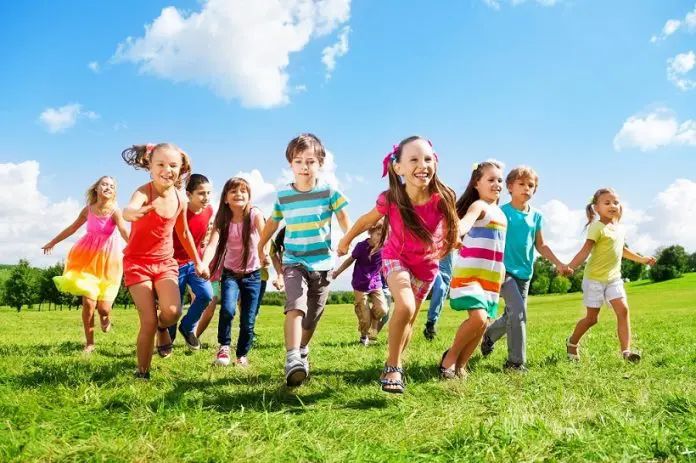
A study was recently carried out in China that found an increase in the progression of myopia in school-aged children (6-13 years) after months of confinement at home due to the ongoing pandemic.
The mean myopic spherical refraction and the prevalence of myopia were compared between 2020 (following confinement) and the previous 5 years in different age groups.
The prevalence of myopia in 2020 was higher than the highest prevalence of myopia in 2015-2019 for 6-year-olds (21,5% vs 5,7%), 7 (26,2% vs 16,2% ) and 8 (37,2% vs 27,7%) years. While the differences between 2020 and previous years were minimal in children aged 9 to 13 years. The prevalence of myopia in 2020 was 3 times higher than in previous years in 6-year-olds, 2 times higher in 7-year-olds and 1.4 times higher in 8-year-olds.
The difference in progression between the two groups (6-8 years and 9-13 years) was motivated by the presence of a greater sensitivity of the first group to changes in the outside world than the others, being in the most plastic period for the development of vision.
The statistical analyzes and the results obtained from the study therefore suggested an effective link between the confinement due to the pandemic and the progression of myopia in younger children.

Since confinement was an indispensable and necessary restriction, it would be advisable, however, for parents in this period to control the amount of time spent in front of the screens, limiting it only to school activities, and compensate for it with outdoor activities tolerated by current regulations. able to counteract the effects that have arisen in children not only at a psychological level but also at an organic level, as in the case of myopia.

